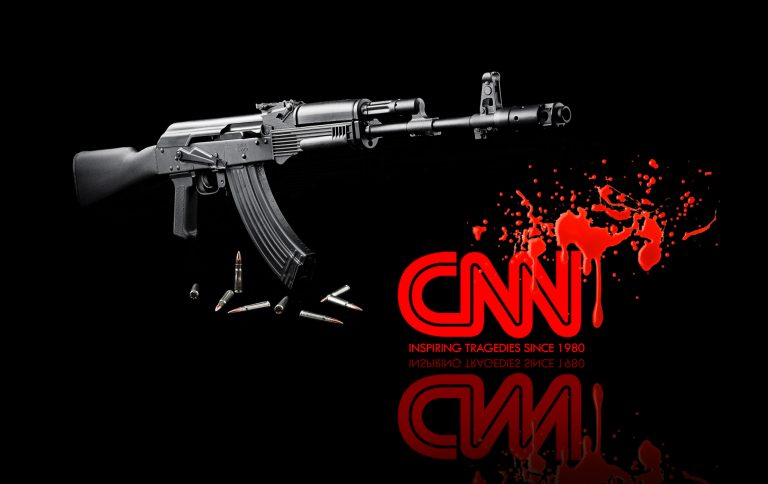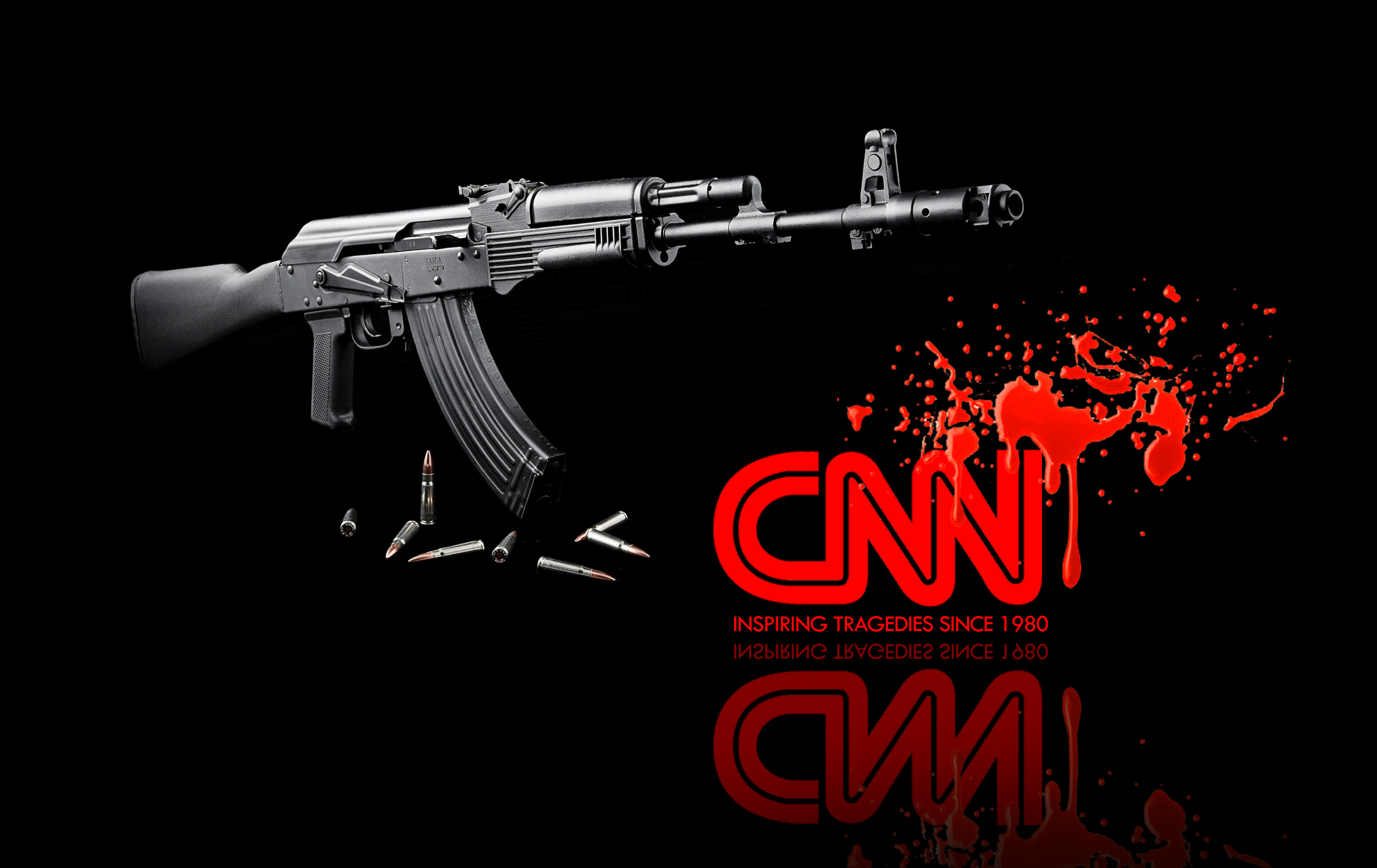When President Obama stepped into the White House Briefing Room yesterday to address the country following the massacre at Sandy Hook Elementary School in Connecticut, he called for “meaningful action” to bring these tragedies to an end. What America needs to realize, however, is how the meaningful action needed to solve this problem goes far beyond gun control alone. If Obama wants to stop the accelerating rise of these mass shooting tragedies, he needs to order the 24-hour news media to stop inspiring them.
When Marilyn Monroe committed suicide on August 5, 1962 the news came out of nowhere and shocked the world. It became a major news story instantaneously, and coverage of Monroe’s suicide was front page news around the world. Within days, however, experts were beginning to notice the rise of a very disturbing pattern — there was a huge spike in the number of suicides across America immediately following Monroe’s death. Members of the media were quickly made aware of this, and they began to severely edit, or shut down entirely, their coverage of the Marilyn Monroe tragedy. The phenomenon served as a huge wake up call for everyone in the news industry that there are major consequences that emerge from the sensationalization of tragic stories. Sadly, the lessons learned in the summer of 1962 have been completely forgotten.
Various countries have national journalism codes which range from one extreme of, “Suicide and attempted suicide should in general never be given any mention” (Norway) to a more moderate, “In cases of suicide, publishing or broadcasting information in an exaggerated way that goes beyond normal dimensions of reporting with the purpose of influencing readers or spectators should not occur. Photography, pictures, visual images or film depicting such cases should not be made public” (Turkey). Many countries do not have national codes but do have in-house guidelines along similar lines. In the United States there are no industry-wide standards, and a survey of inhouse guides of 16 U.S. daily newspapers showed that only three mentioned the word suicide and none gave guidelines about publishing the method of suicide. Craig Branson, online director of the American Society of News Editors (ASNE), has been quoted as saying, “Industry codes are very generic and totally voluntary. Most ethical decisions are left to individual editors at individual papers. The industry would fight any attempt to create more specific rules or standards, and editors would no doubt ignore them.” Guidelines on the reporting of suicides in Ireland were introduced recently which attempt to remove any positive connotations the act might have (e.g. using the term “completed” rather than “successful” when describing a suicide attempt which resulted in a death).
As incessant news coverage of Marilyn Monroe’s suicide spawned its own copycats, so too has mass coverage of mass shootings inspired an enormous rise in copycats as well in recent months and years. Christina Constantini of ABC NEWS writes: “When you look at a list of mass shootings in the last 30 years, in which a single gunman killed at least four people, this year does have the highest number of incidents with six mass shooting incidents excluding today’s tragedy, according to a list compiled this year by Mother Jones. The Aurora movie theater shooting in Colorado, the Sikh shooting in Wisconsin, and the Seattle cafe shooting are among this year’s massacres. And the last few years have also had slightly higher incidents than those in the past three decades. Six of the 12 deadliest shootings have taken place since 2007, and Newton will rank second on that list, according to a report done by ‘The Washington Post’. In 2011 there were three such tragedies, including the Tucson shooting which injured Congresswoman Gabrielle Giffords (D-Ariz.). In 2010, there was one killing classified as a mass shooting. And in 2009 there were four tragedies, among them, the Fort Hood massacre in Texas, in which Army psychiatrist Nidal Malik Hasan, opened fire at a U.S. Army base.”
When Ted Turner founded CNN in 1980 no one could have possibly predicted how it would change media forever. In the years that followed, cable news has exploded to the point where it’s now impossible to flip through a stream of channels yesterday or today without seeing a tsunami of coverage dedicated entirely to the Connecticut shooting, the gunman, the gunman’s life story, the victims, the victims’ life stories, the horror, the tragedy, the emotions, the search for heroes, the coverage of the heroes, the aerial footage of the children running out of the building, etc.
On the morning of 9/11 the exact same 24-hour coverage kicked in, and within days psychiatrists and mental health experts were sounding the alarm bell. Their message to the media was clear: the manner in which national media was covering the story was having a traumatic effect on the minds of children who could not distinguish between what was tape and what was live. As it turned out, the minds of young children were being traumatized because they thought the terrorist attacks were happening over and over and over again. Coverage of mass shootings is no different. This morning these same experts are sounding the exact same alarm bells (SEE: Juju Chang of ABC NEWS).
My hope is that the Connecticut mass shooting will serve as a tipping point for the executives and journalists who run the 24-hour news industry that there are certain stories which cannot be covered in this manner. The dangers of pornographic 24-hour news coverage of these tragedies does not stop with the untold damage it is doing to the minds of children and young adults. The even greater threat is how this irresponsible media coverage is inspiring copycat massacres around the world.



